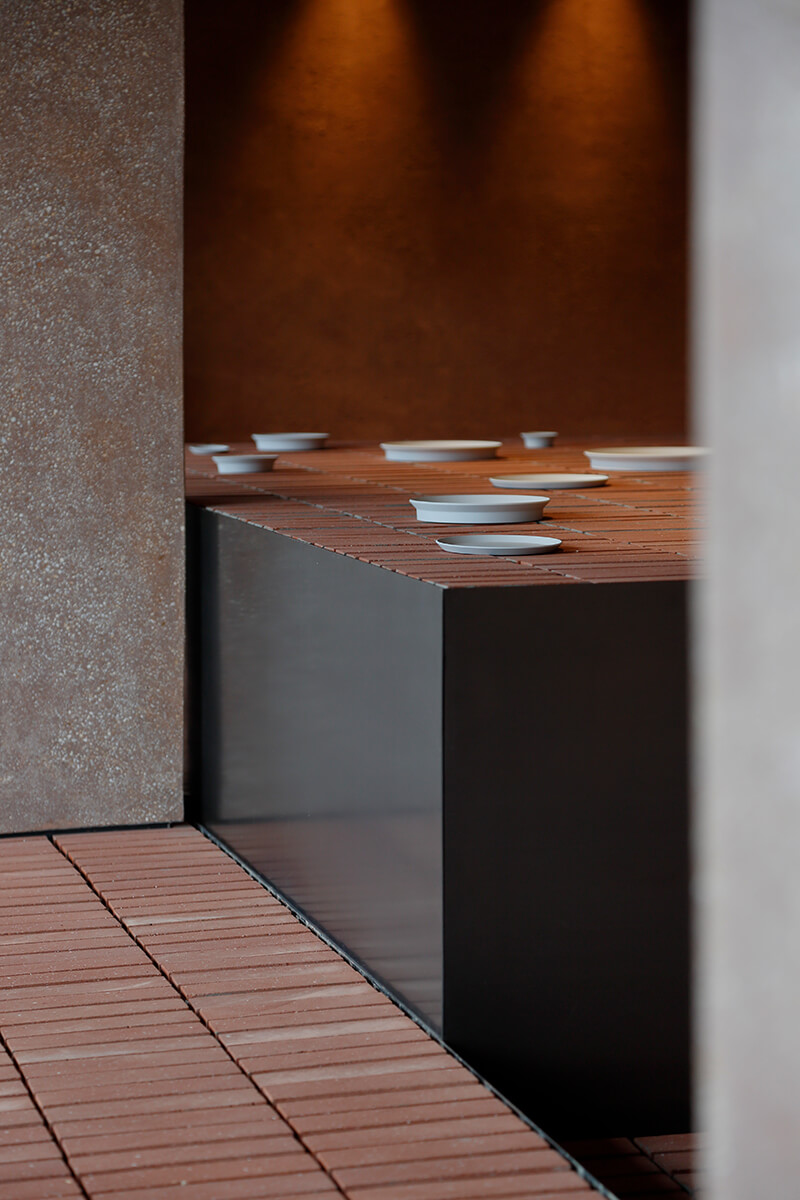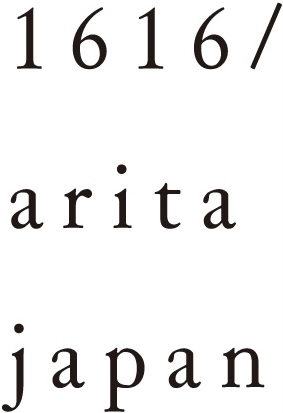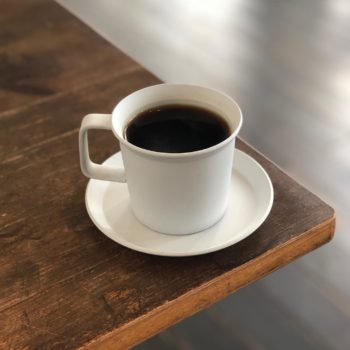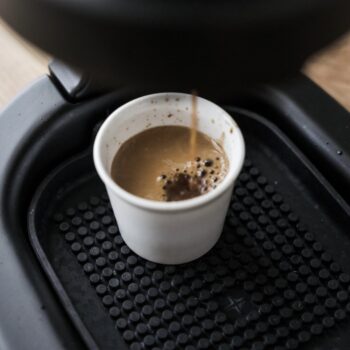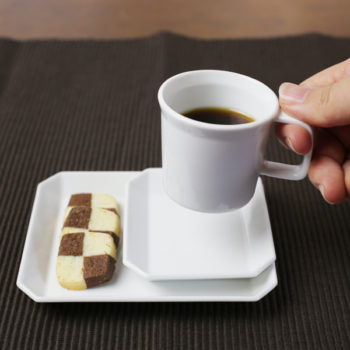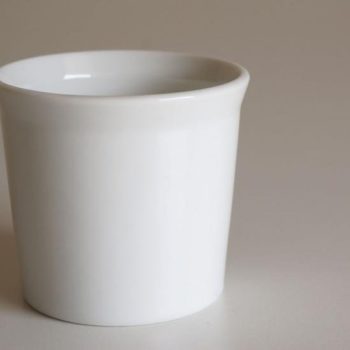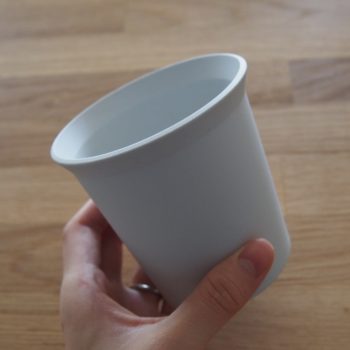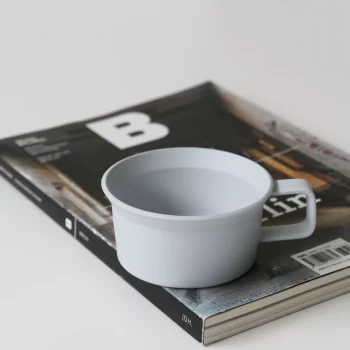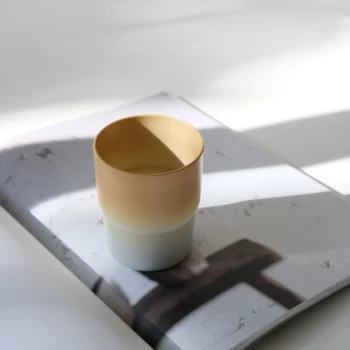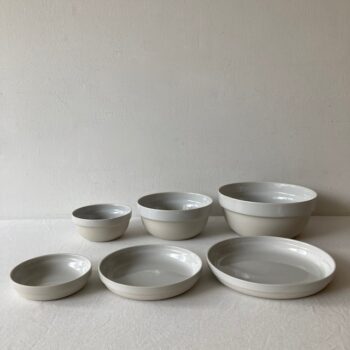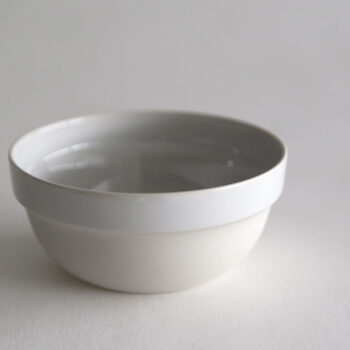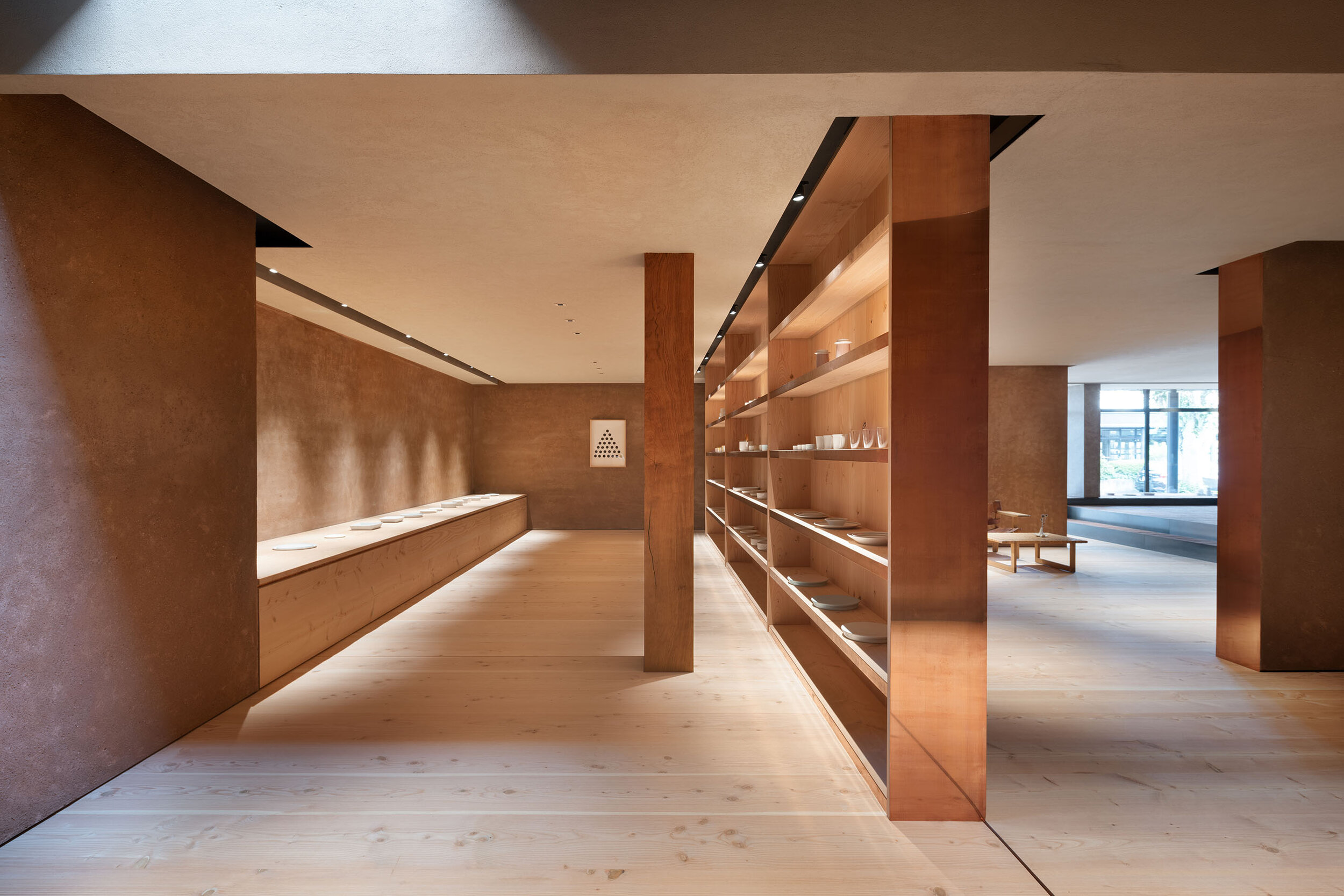
Aritayaki, a kind of Japanese pottery, finds its roots in the ancient ceramics town of Arita located on Kyushu Island in southern Japan. It was in this town in the year 1616 that the Koreans first introduced the art of pottery to Japan. Today, Arita still produces ceramics made by local craftsmen using the distinctive ingredient of clay made from crushed stone. Inspired by the profound experience and skills of local Arita craftsmen, designer and creative director Teruhiro Yanagihara developed a new ceramics brand: 1616 arita japan.
Teruhiro Yanagihara, inspired by Arita pottery, developed a new ceramic series using a unique clay made from crushed stone. This high-density clay makes the pottery exceptionally strong, heat-resistant, and stain-resistant, even without glaze. A special agent gives the Standard series its distinctive light grey, matte finish. Yanagihara’s design emphasises versatility and stackability, with items serving multiple purposes. Square plates can act as trays, small round plates as lids, and bowls for both Japanese rice and Western cereals. The small cup is ideal for espresso but also perfectly suits sake.
Designed by Teruhiro Yanagihara, with scents curated by artist Izumi Kan, this collection includes incense, aroma candles, and hand soap. Izumi, inspired by the essence of Arita, blends elements like pine trees and Arita-yaki porcelain into a vivid, woody scent with notes of litsea and cardamom. This unique fragrance captures the brand’s signature style, evoking a subtle sense of nostalgia.
Based on extensive research on Arita ceramics and an analysis of historical local masterpieces, Scholten & Baijings used typical Japanese colours, such as aquarelle-blue, light green, red-orange and ochre, re-contextualised and applied in new combinations on a set of contemporary, highly functional tableware. Layered colour compositions are carried out in various textures and shades of glaze and are combined with the natural white of the porcelain itself. Made with a delicate sense for local crafts and industry, Colour Porcelain shows an original European perspective on Japanese tradition.
A 47-piece porcelain dinnerware collection developed over a 3 year collaboration with Danish designer, Cecilie Manz. The collection is produced in three ceramic workshops in Arita, Japan, and features a mix of flat, deep, low, and tall pieces designed for both Japanese and European kitchens. The stackable plates, dishes, and bowls are crafted from Arita’s renowned porcelain clay, using both classic chalk-white and raw natural gray. The set combines glazed and unglazed finishes for a balanced, versatile aesthetic.
Named after its origins, 1616 / arita japan products are produced in the same factories as the original Arita pottery but take a different design approach. 1616 / arita japan stands for contemporary products that can be used everyday, though made with the extraordinary workmanship, thinness and strength of original Arita-ware.
Teruhiro Yanagihara, the creative director of 1616 / arita japan, designed the Standard series and then invited Dutch designers Scholten & Baijings to develop their another line: Colour Porcelain. Both contributions throw new light on Japanese tradition, mixing Asian craftsmanship with European culture. While Teruhiro Yanagihara experiments with the clay and the usage of the pottery, Scholten & Baijings emphasize the dialogue between applied art and everyday use by means of colour and form.
The CMA collection was released in 2022, following a 3 year collaboration with Danish designer, Cecilie Manz. CMA is a 47-piece porcelain dinnerware collection which is manufactured in three selected ceramic workshops located in the town of Arita, Japan. The product range is intended for both the Japanese and the European kitchen and includes assorted, stackable plates, dishes and bowls. The design is part severe, part soft, featuring flat, deep, low and tall pieces to create a complete collection.
